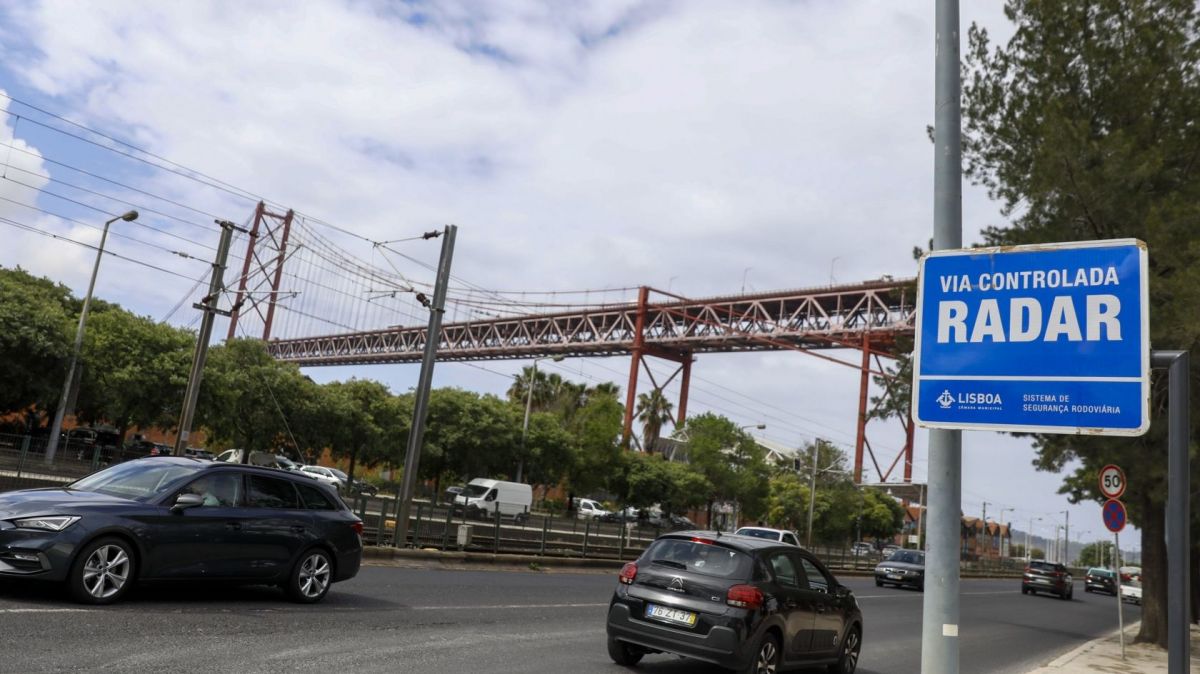Driving is affected by three parts of the ageing process – stiffness, eyesight and reaction time.
Stiffness
This occurs throughout the body, but perhaps the major effect in driving is in the upper spine, which affects neck movement and our ability to turn the head as much and hence causing problems in seeing oncoming traffic, particularly at junctions. To minimise this, it is necessary to approach junctions at as near to 90 degrees as possible. At a right-angle junction, there should be no problem (but read my later comment under reaction time). However, when joining obliquely as shown in the below diagram, it is necessary to perform the unnatural manoeuvre of turning to the left (right in the U.K.) to position yourself at right angles to the junction.

Eyesight
Our eyes, apart from the problems discussed in 'Defensive Driving 2', such as slower pupil reaction creating night driving problems, deteriorate with age and the prescription required to give you the best possible vision alters. There are other medical changes, such as cataract, glaucoma and macular degeneration which progress slowly but can affect your driving before you actually realise that you have a problem.
Cataracts do not initially cause blindness but, in the early stages, can develop in random areas of the lens of your eye creating a patchy field of vision meaning that, whilst you can apparently see quite well, there are small blind spots – perhaps enough to miss a child running out from the side of the road.
Glaucoma produces a reduced field of vision so that, whilst your central vision is good, you will probably miss seeing things, particularly at junctions.
Macular degeneration, in contrast, blurs the central vision but often not affecting peripheral vision and because you can still see large objects through this peripheral vision means that you will probably miss smaller objects directly in front of you.
The only way to check these is regular examinations by an optometrist or ophthalmologist.
Ask the question “Am I safe to drive ?” to which the answer may be, for example, “ Yes, but not at night”, “Yes, but only in the local area” or even in the best interests of both yourself and others, “No”. Please accept this advice!
Reaction time
This is difficult to actually measure but does increase with age which is why, for example, your sporting abilities worsen with age. The sensible thing is to accept that this will happen to you - drive slightly slower, give yourself more space behind the car in front, allow time at junctions and not driving in conditions such as bad weather or rush hours.
A driving assessment with a qualified driving instructor is a very good idea.
Should there be an age limit on driving?
My answer is a definite “NO” because drivers differ so much. I know some drivers of 60 who should not be let anywhere near a car and others of 90+ who are very capable drivers.
Should there be regular driving tests?
My answer here is “NO” but should there be regular 'driving assessments', YES”.
I go for a voluntary half-hour assessment with a local driving school which often brings out something about which I may have become complacent, such as 'cutting corners' and going through recent legislation changes.
Do take the instructor's advice – even if unpalatable!
Such mandatory assessments at perhaps ages 60, 70, 75, 80 and thereafter biennially would, I feel, make the roads safer.
Finally
I hope this series of articles (by an 84 year old driver!) has proved of help and please remember the basic tenets of 'Defensive Driving'
1/ A car is a lethal weapon in the wrong hands.
2/ It is better to arrive late than not at all.
3/ Cowards live longer than heroes.
4/ Courtesy costs nothing but earns plenty (of praise).
Qualified as an Optometrist specialising in non-spectacle vision correction i.e. contact lenses and laser reshaping.
Commercial plot and flying instructor. Came to Carvoeiro in 2000 and worked in both jobs. Part of a team teaching Defensive Driving techniques in the U.K. - mainly the optical side but also sitting in to listen to the rest of the team.
Now retired but with a great interest in dementia with the fees from this article going to the Alzheimers Society of Portugal.

















